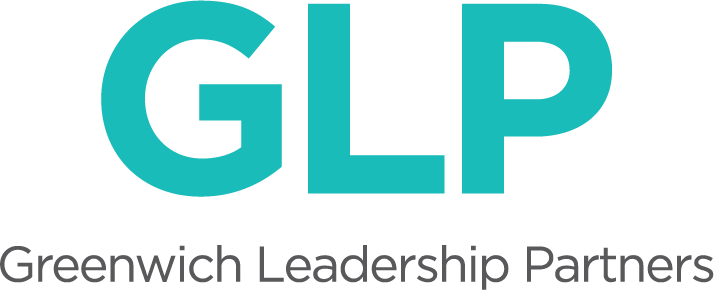Start this way. Consider that a new school leader is perceived as a bundle of experience, talent, and values who needs the right content added to prepare for the work ahead. The traditional approach would be to bring new heads together, expose them to a curriculum that is full of headship content (that is, full of what the ramp-up designers feel that new school heads should know) and get as much of that infused into the new school leaders as they start their new position. External realities, internal management, board relations, admissions, advancement, and so on creates the “exposure package” new heads are likely to need and knowledge they can use as their week together ends. This model has been the primary new head of school training model for years, and it is not without success. But is it enough?
Move to a new way. A six-month on-boarding and transition program that both prepares and supports a new head through much of the first headship year. Without faulting the existing model, veteran heads and independent school professionals have begun to understand that headship is significantly more complex since the 1970’s and there should be a revised model. The Leadership Lab for New Heads is just that: one that includes coaching, one that requires preparation and study, one that is highly interactive, one that includes planning for the first year, one that follows the head during the first months, and one that asks the new head: what are you most concerned about learning, knowing and preparing for as you enter your new school, as you start your first headship?
As Greenwich Leadership Partners embarked upon an informal research interview project involving veteran heads of school, independent school regional administrators, and novice heads early (in their first and second years), a number of broad themes emerged:
- The HOS position is more political than it has ever been
- Executive coaching is becoming a normal part of a new HOS professional life
- Leadership presence needs to be established in a variety of daily, public displays
- A school with successful processes is less dependent on early leadership action
- A school without a strong process platform needs active leadership at the start
Accordingly, the Leadership Lab program begins in the early spring before the new heads have started their work, and in most cases before they have finished with their last position. We assume that each new HOS is starting from a different place with regard to experience—some with a great deal; others potentially new to independent schools or even primary/secondary education. As well, we are aware that each new HOS faces a different environment: some will take the headship at a strong and well established school; some will come to a school that needs to be turned around; some will come to a school that needs healing from a period of poor or contentious leadership; some will follow a long serving, successful head who steps away venerated by the school community. In short, we assume that each new HOS needs an individual plan to best meet the challenges that await, believing from our experience that no school’s situation offers an easy transition with regard to certainty of success for the new HOS.
Our first goal is to widen the horizon so the new HOS understands the management issues and skills/knowledge useful to take advantage of the top leadership position. To do this we share with the about-to-be HOS books, articles, white papers—and offer to communicate about these readings. We also ask them to complete pre-work assignments: a context audit of the their new school, a leadership style assessment, and an accelerated learning plan to use as our steady engagement with them keeps their focus on the transition to come even as many of them are still tied to the dock of their old job and its end-of-the-school-year tasks.
Our second pre-workshop goal is to establish an alignment between the new HOS and the Chair of the Board of Trustees (or Governors, etc.). In this regard, we facilitate an hour-and-a-half long conversation between the new HOS and the Chair. While achieving a “goals and outcomes” alignment is part of the discussion, much of the call is devoted to trustee context education, communications protocol—including feedback and evaluation—and preferences on both sides for how they will work together in the coming year. Each of these discussions represents a positive and powerful learning experience for all participants.
As we move toward the actual Leadership Lab workshop—a three day session in late July which brings all the participants together with our team and faculty guests—more pre-work is required, deliverables are clarified, and check-ins/ups take place. Each stage informs us not only how the participants are doing but also how different each individual situation is for them. The result is the constant adjusting of the curriculum and checking our approach to assure that we are addressing both the common parts of the transition process and the individual circumstances each participant faces.
So, the philosophy of the Leadership Lab is outlined in this blog. The fruits of the Lab are still ripening. We know how important successful processes are for good schools, so we anticipate that the new heads will come to us (after having moved into their new offices and homes) having begun the task to understand and evaluate the myriad of operating processes their new school has in place. As well as helping them build an assured leadership presence, the workshop will help our new heads manage those processes, changing or embracing them, a critical step in gaining early “wins” as a new leader.
Next: Report from the workshop.
